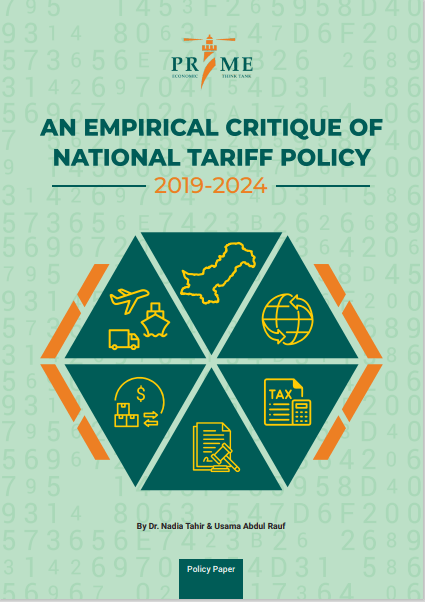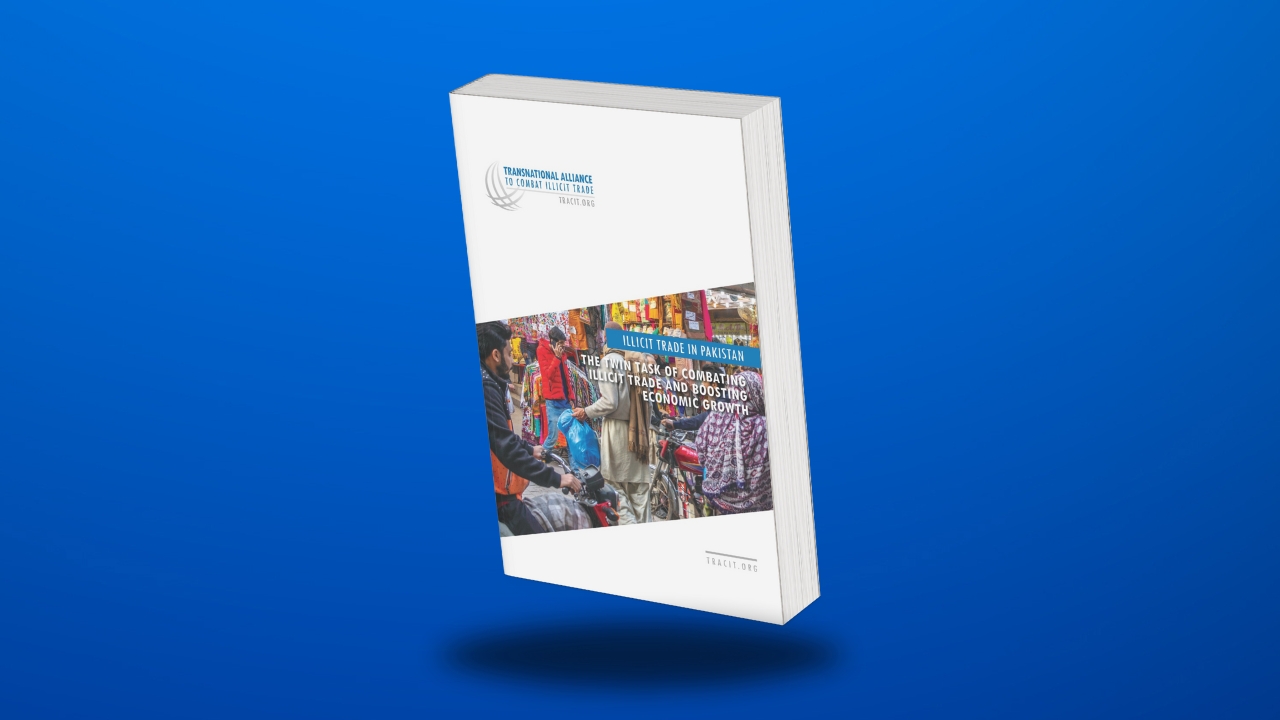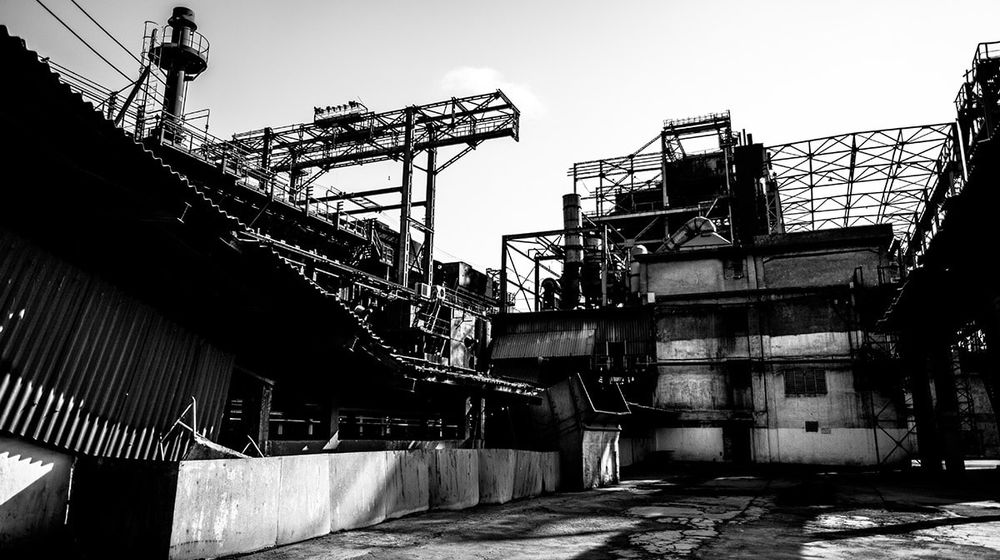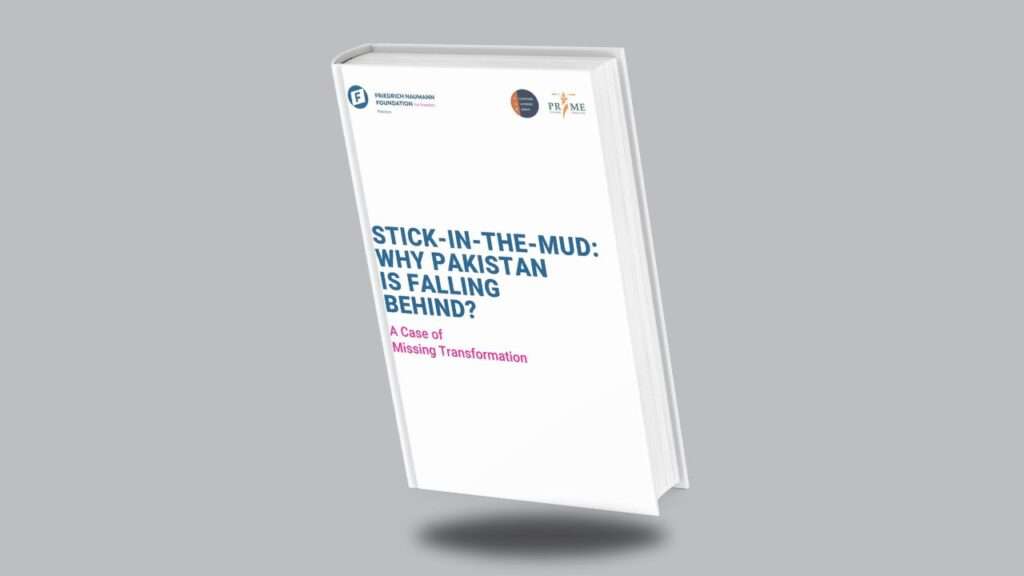Policy Research Institute of Market Economy (PRIME) has released its latest report titled, “An Empirical Critique of National Tariff Policy 2019-24” on 29th October 2024.
The report analyses the tariff structure and its impact on trade contraction in Pakistan. The National Tariff Policy 2019-24 prescribed departing from using tariffs as a revenue collection measure, but that specific policy proposal was not put in practical use. As such, the impact of its lopsided tariff structure—the number of tiers and slabs—proved to impede industrial growth while causing delays and inefficiencies in the promotion of manufacturing exports from Pakistan.
Authored by Dr Nadia Tahir, a PRIME research fellow, and Usama Abdul Rauf, this report offers an examination of the soon-to-be-lapsed policy. For Pakistan’s trade policy to assume a robust framework, the report recommends the simplification and gradual reduction of tariffs. Furthermore, a review every 10 years of the tariff policy is recommended for the tariff policy to remain relevant and effective in achieving its objectives.
During the last 5 years, distortions in tariff policy have increased significantly. It has restricted trade and adversely affected growth in Pakistan. Using petroleum products, chemicals and minerals for revenue collection is a hindrance in becoming a part of global value chains. Frequent changes in tariff structure and rates is another area which needs the attention of our policymakers.
“Empirical evidence proves that a uniform tariff rate is the most efficient way to handle trade policy…Optimizing revenue would be easier at a uniform rate rather than calculating custom duties at different rates. One can calculate the nominal protection rate, but it would be challenging to calculate trade intensity and effective tariff rates,” concludes the report.
Dr Ali Salman, Executive Director at PRIME, speaking at the occasion said that we should stop using custom tariff and import taxation as a revenue tool, and should use this as a tool of industrial policy.
As was observed in the report, Pakistan’s import structure shows that commodities with low tariff rates have higher trade volumes. The government’s imposition of high tariff rates and Non-Tariff Measures (NTMs) on certain products would not completely discourage their consumption. Instead, a preference for under-voicing and smuggling over regular channels will materialise.
Parliamentary Secretary, Dr Zulfiqar Ali Bhatti, who attended the event as Chief Guest, spoke about how aid categorically impedes economic growth, recommending trade volume as an indicator of prosperity.
Pakistan has to sell to the world, for the country to reap the benefits of international trade. In this respect, the cascading principle outlined in the National Tariff Policy 2019-24 insulates the local industry from global market opportunities. Hence, a considerable part of the economy is riding on the next five-year national tariff policy.
For further information, contact our Communications Officer Ms. Sumaira Waseem at sumaira@primeinstitute.org or call +92 300 558 2472.








